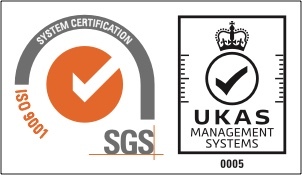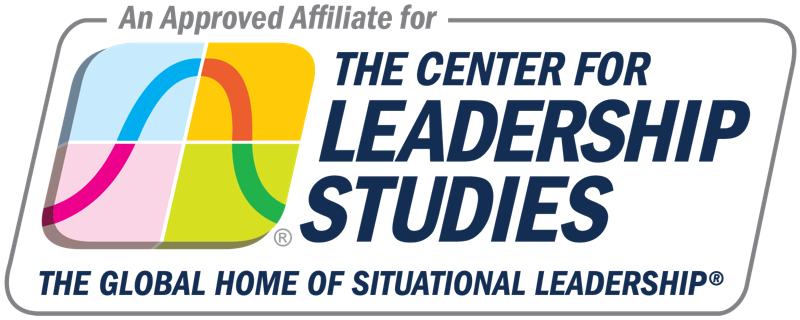
The Situational Leadership® framework has empowered countless leaders to “prepare and be strong” for over 50 years – adapting to situations in the workplace and bringing the very best out of their team members.
The groundbreaking work of Ken Blanchard and Paul Hersey in 1969, which culminated in the development of the Situational Leadership® theory, was deeply influenced by the research landscape of the era, particularly the insights gained from the Ohio State Studies in the 1940s.
Early 1900s: The Principles of Scientific Management
To understand that research in more detail, we must step back to the early 1900s when Scientific Management was gaining traction. Frederick Winslow Taylor, an industrial engineer, was instrumental in this era, primarily focusing on enhancing productivity. Taylor advocated for a management role that meticulously observed and measured each production step, analysed these observations, and then directed and issued feedback to workers to boost efficiency.
His approach leaned towards an autocratic leadership style and emphasised the leader's role as a decision-maker and feedback provider. In 1909, Taylor summed up his efficiency techniques in his book titled ‘The Principles of Scientific Management’. Almost a century on, it was voted the most influential management book of the twentieth century by the Academy of Management.
1920s: The Human Relations Movement
During the Great Depression, industrial psychologist Elton Mayo introduced the Human Relations Theory, contrasting Taylor's approach. His seminal research at the Hawthorne Electric Plant involved working closely with assembly teams, particularly a group of women assembling relay switches. Mayo's team solicited and implemented productivity improvement suggestions from these teams. This approach, emphasising democratic leadership and team empowerment, greatly influenced the relationship or supportive behaviour aspect of the Situational Leadership® Model.
1940s: The Ohio State Studies and Leadership Styles
In the late 1940s, Ralph Stogdill and his team at Ohio State University conducted this research to address the debate between Taylor's and Mayo's leadership theories. They studied thousands of managers to identify the most effective leadership style. Their findings, emphasising both managerial success and team satisfaction, revealed no single 'best' leadership style, thereby setting the stage for more adaptive leadership models like Situational Leadership®. Stogdill and his team found autocratic managers were successful and effective, as were democratic managers. The studies also identified a third style of leadership that was neither autocratic nor democratic. Ultimately, this insight provided a rich context and a solid understanding that is said to have shaped Blanchard and Hersey's innovative approach to leadership.
The Immaturity-Maturity Theory: Evolving Leadership Readiness
Performance Readiness® draws from various theories, but the most significant influence was Harvard professor Chris Argyris. His work focused on how an individual’s ability and confidence evolved when learning new tasks, affecting their preferred leadership style. Initially, he found there was a preference for autocratic leadership, but as comfort with the task increased, there was a notable shift towards democratic leadership styles. This theory underscores that effective leadership is determined by the task at hand and the developmental level (readiness) of the team members involved.
1970s: Birth of Situational Leadership®
The 1970s marked the conceptualisation of the Situational Leadership® Model by Paul Hersey and Ken Blanchard. Integrating leader behaviour with follower readiness, emerged as a significant departure from traditional, one-size-fits-all leadership theories, emphasising flexibility and responsiveness to the followers' needs.
Their framework categorised leadership styles into four types: S1 (Directing), S2 (Coaching), S3 (Supporting), and S4 (Delegating). These styles are defined by varying degrees of task and relationship behaviour, reflecting a leader's adaptability to the readiness and needs of their team. This model provided a more dynamic and responsive approach to leadership compared to the rigid, one-dimensional styles that came before.
1980s: Widespread Adoption and Literature Influence
In the 1980s, the Situational Leadership® Model gained momentum in leadership training fostering a more nuanced understanding of leadership in various organisational contexts.
1990s-2000s: Global Expansion and Adaptation
Roll forward another decade, and Situational Leadership® has evolved to meet the demands of an increasingly globalised business world. This period saw the adaptation of the model to diverse cultural contexts, confirming its versatility and applicability across different industries and organisational structures.
2010s-Present: Continued Relevance in a Rapidly Changing World
The Situational Leadership® Model has proven its enduring relevance in recent years, adapting to modern challenges such as digital transformation, remote work, and increased workplace diversity. It remains a vital tool for leaders navigating the complexities of today's dynamic work environments. In a recent article, we detailed just how vital Situational Leadership® will be in an AI world, especially when managing uncertainty and equipping employees with the necessary skills and knowledge required to navigate new challenges and seize opportunities presented by AI.
For more insights and to explore Situational Leadership® training opportunities, you can explore our Situational Leadership ® training programmes here.
You can also speak to our training experts via live chat or by calling us on 01252 618 400. We’re always happy to help you find the right solution for your business.
Situational Leadership® is a registered trademark of Leadership Studies, Inc. dba The Center for Leadership Studies. Copyright ©2015, Leadership Studies, Inc. All Rights Reserved.






